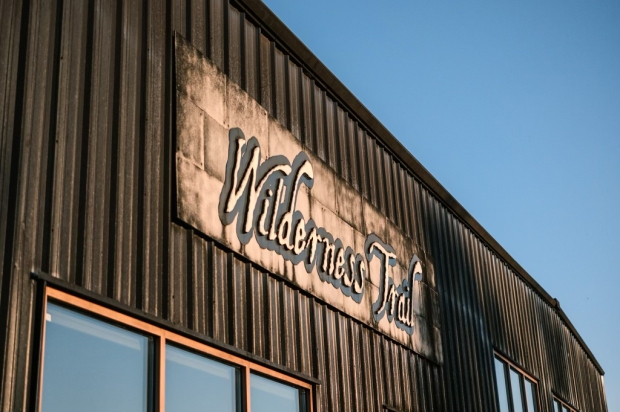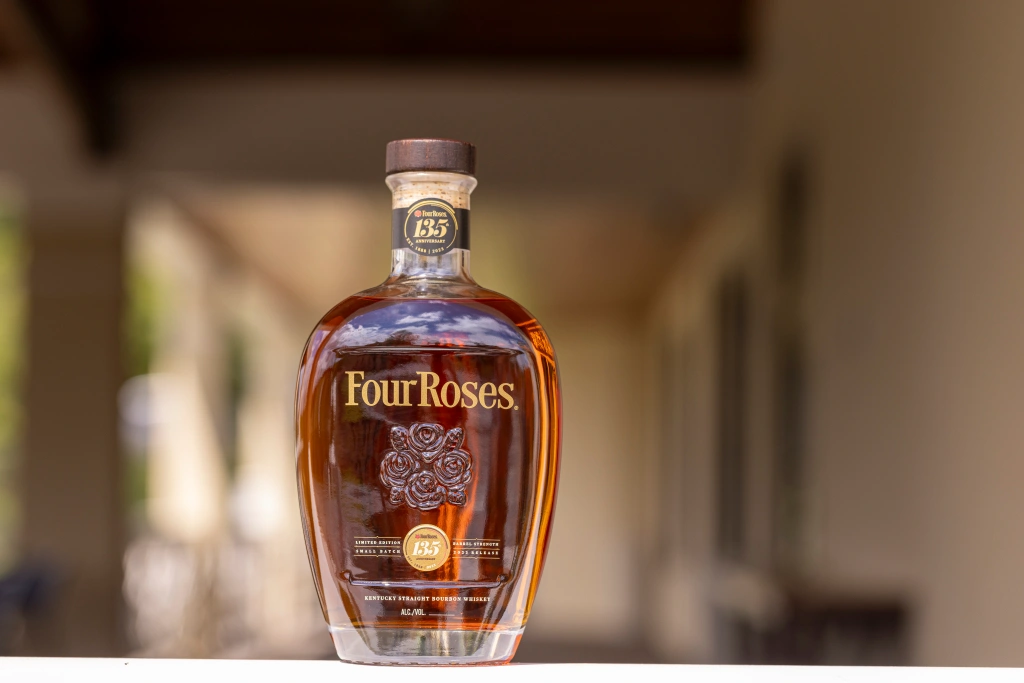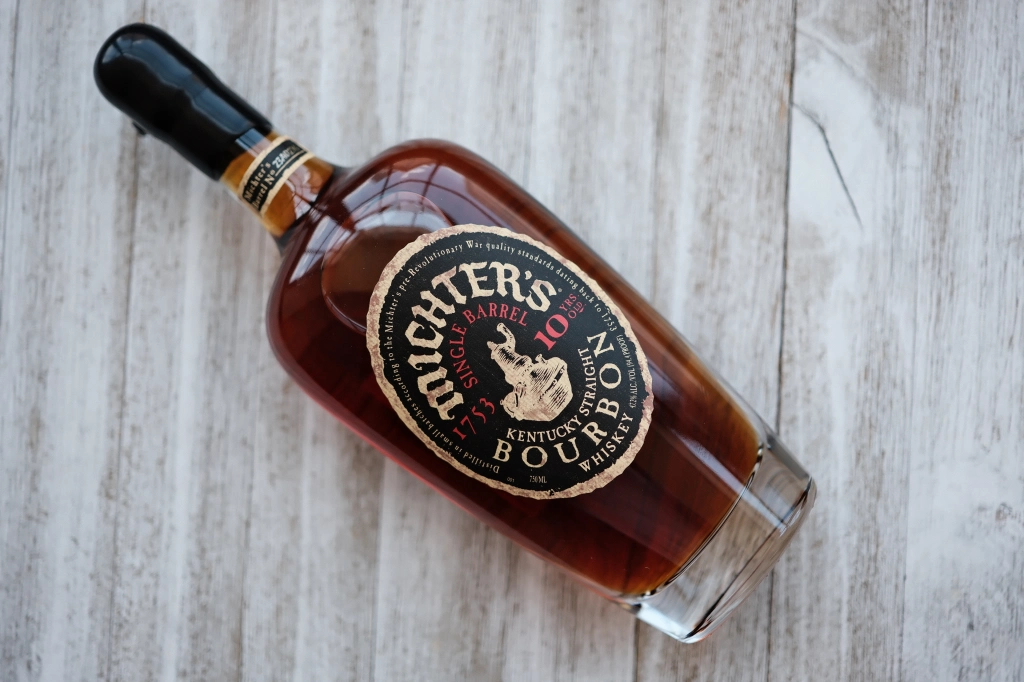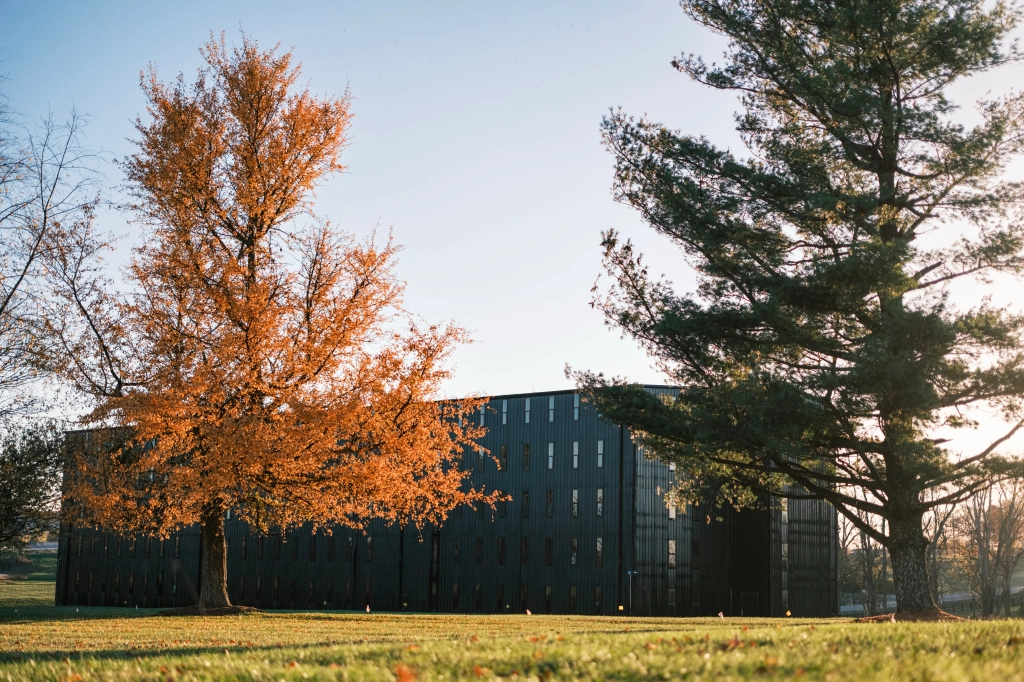
If you’d told me ten years ago that I’d be standing in one of Wilderness Trail Distillery’s warehouses not only celebrating a milestone 10th anniversary, but also toasting with a 10-year-old wheated bourbon straight out of the second barrel they ever filled, I’d call you insane.
Anybody with any sense can see the this bourbon bubble is no where near popping. Back when I started this blog in 2014, just a mere four months after Wilderness Trail founders Shane Baker and Pat Heist filled their first barrel of wheated bourbon, I could walk into just about any liquor store and talk at length about any brand on the shelf. Nowadays, that’s a much different story. There are so many new brands from distilleries of all sizes. There’s no way in hell I can keep up. But that speaks to the popularity of the American whiskey industry.
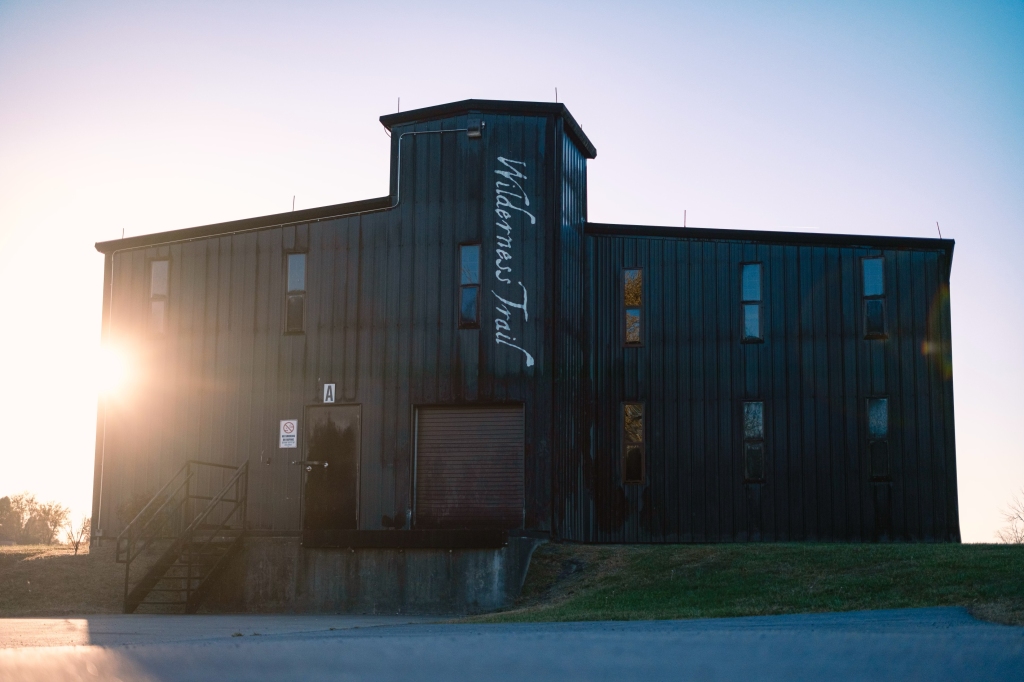
I’ve got to be honest – I didn’t know much about Wilderness Trail going into this trip. The New Orleans Bourbon Festival (I’m on the board of their backing non-profit organization, Raising Spirits Society) did couple of barrel picks for the 2023 festival, but I wasn’t part of that and, thanks to COVID-19, couldn’t attend this year’s festival. So I was pleasantly surprised when I was invited to a tour of the distillery to celebrate its 10th anniversary. Of course, I jumped at the chance.
I’m glad I did.
Their story is an interesting one. Where the big distilleries lean on a lot on their history, heritage, and “this is how we’ve always done it” mentality, Wilderness Trail goes the opposite direction. Shane Baker and Pat Heist, two scientists, were in the yeast business for years, supplying the stuff to lots of industries, including whiskey distilleries. Of course, they’d get calls at all hours of the night with questions and yeast-related problems. Turns out their yeast wasn’t the issue 99.9999% of the time. They could point to another part of the distillation process that was causing issues. After a few years of problem solving distillery problems, the two guys decided to start their own distillery.
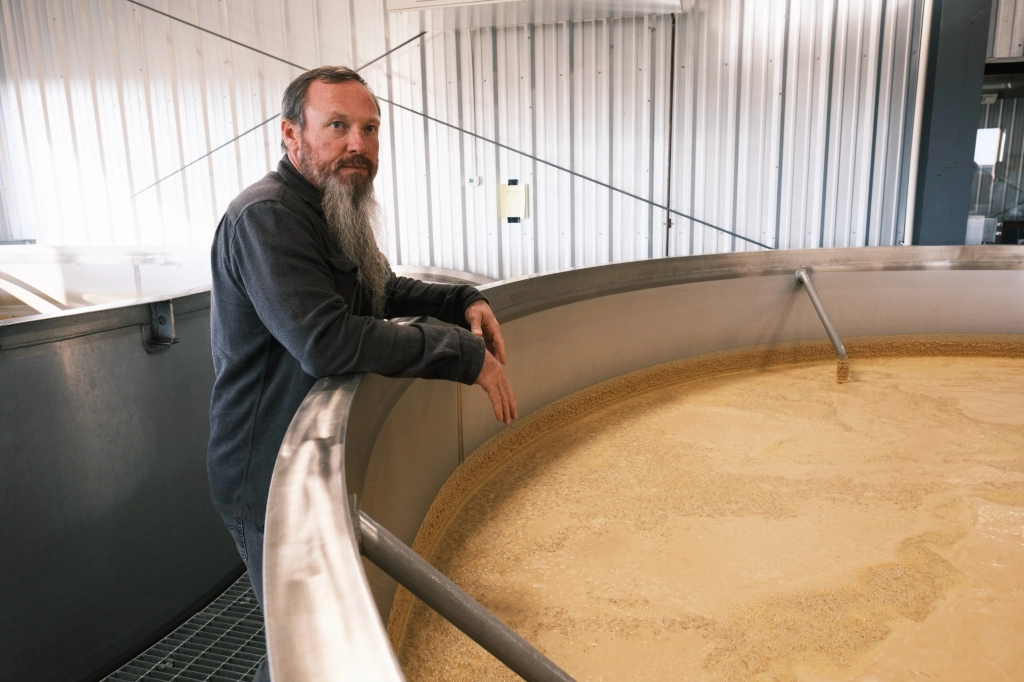
With their scientific background (and a great palate), this made so much sense. First, they had to stand out from the pack, so they went with a sweet mash process. Most of the larger distilleries use sour mash, which uses some of the spent mash from a previous batch in a new fermentation. Wilderness Trail said nope. They maintained stringent cleanliness standards and constant testing to make sure wayward bacteria didn’t inject their mash with unwanted aromas or flavors. On top of that, they decreed that all of their whiskies would be Bottled-In-Bond. For the uninitiated, that means their whiskies had to be distilled in one distilling season at one distillery, aged in a bonded warehouse to at least 4 years, and bottled at 100 proof.
Wilderness Trail uses a combination of pot and column stills, which again helps them stand out from most others. They’re also able to reclaim most of the water from the spent mash before shipping that out to farmers for feed. That water goes back into warming the stills, which is great for energy savings. The tech’s been around since the 50’s. Why other distilleries aren’t utilizing this is beyond me.
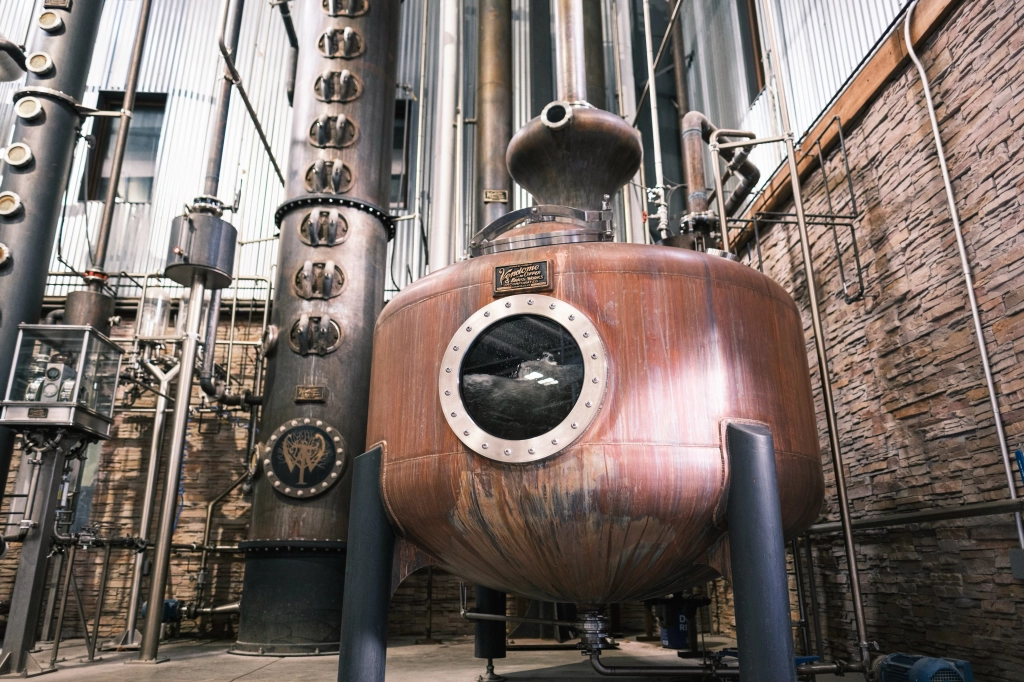
One area they also keep tight reigns on is wood management. Their barrel staves season for 18-24 months, which is more than the average distillery. Their barrel entry proof is rather low compared to the rest of the industry, with their whiskey entering the barrel at 110 proof. New make can’t enter the barrel at more than 125 proof for it to be bourbon. As the majority of their standard releases leave the barrel at between 113 and 116 proof, they don’t have to proof down their whiskey as much. It also tends to make for a richer tasting experience at 5-6 years old.
Their first bourbon is a wheated small batch. The mash bill they decided on is 64% corn, 24% wheat, and 12% malted barley. That’s a decent amount of barley, compared to most other distilleries. Small Batch isn’t an official term by any means, but for Wilderness Trail, it typically means between 20-25 barrels. What’s interesting here is they maintain a consistency between batches. Obviously, the more barrels in a batch, the more homogenous the flavor of the batch. In other words, individual barrel characteristics are essentially persona non grata in a very large batch. Part of their process includes using several yeast strains during different distilling seasons. One yeast for warmer months, and another yeast strain for colder ones, as fermentation times change in different temperatures. They actually have thousands of yeast strains in their possession, and found that about 40 work for brewing and distilling purposes.
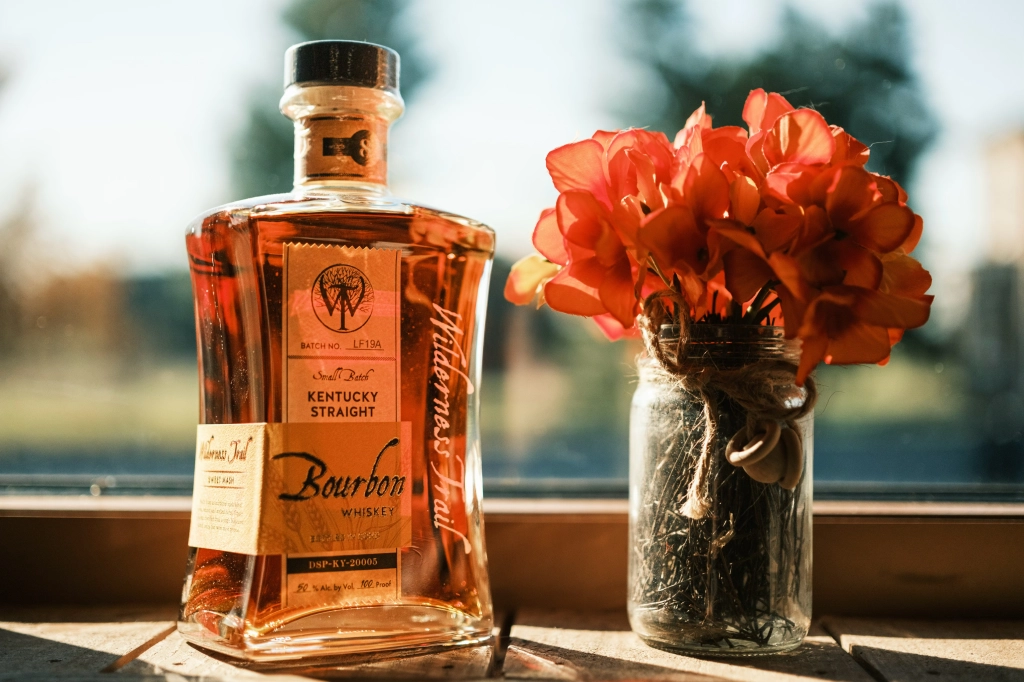
Their other bourbon uses rye as the secondary flavoring grain. The mash bill percentages remain the same: 64% corn, 24% rye, 12% malted barley. This makes for a great compare-and-contrast between both of their bourbons. Lastly, their rye whiskey features a mash bill of 56% rye, 33% corn, and 11% malted barley. Look for tasting notes on all three expressions in the next post.

One of the highlights of the trip was tasting their upcoming 10-year-old bourbon. We got to taste it straight from the second barrel they ever filled. It came out of the barrel at about 119 proof. I didn’t jot down tasting notes, as I as caught up in the rare, reflective and celebratory moment. Dr. Heist tasted this for the first time along with the rest of the folks on the press trip. For a lack of a better phrase, it was a pretty special moment. The bourbon itself didn’t drink like 119 proof… it felt more like 100 – 105 proof. It was pretty dark in color. I do remember lots of dark sugars and some fruit and spice on the nose. The palate was robust, with hints of brown sugar, dried stone fruit, baking spice, and a touch of oak. The finish was rather long and warming, with bittersweet oak and vanilla. In other words, amazing. I compared it to other 10-year-old wheated bourbons I’ve tasted, and Wilderness Trail might have easily bested them. This release, by the way, will be KY-only. Expect only a few bottles to hit the market – remember, they are literally using a handful of barrels here.
Every time I visit a distillery, I expect to walk away with some knowledge about what makes them stand apart from others. In the case of Wilderness Trail, the differences happen in spades. I have a newfound respect for this distillery and its makers. This is one brand that has definitely earned a spot on my home shelves.
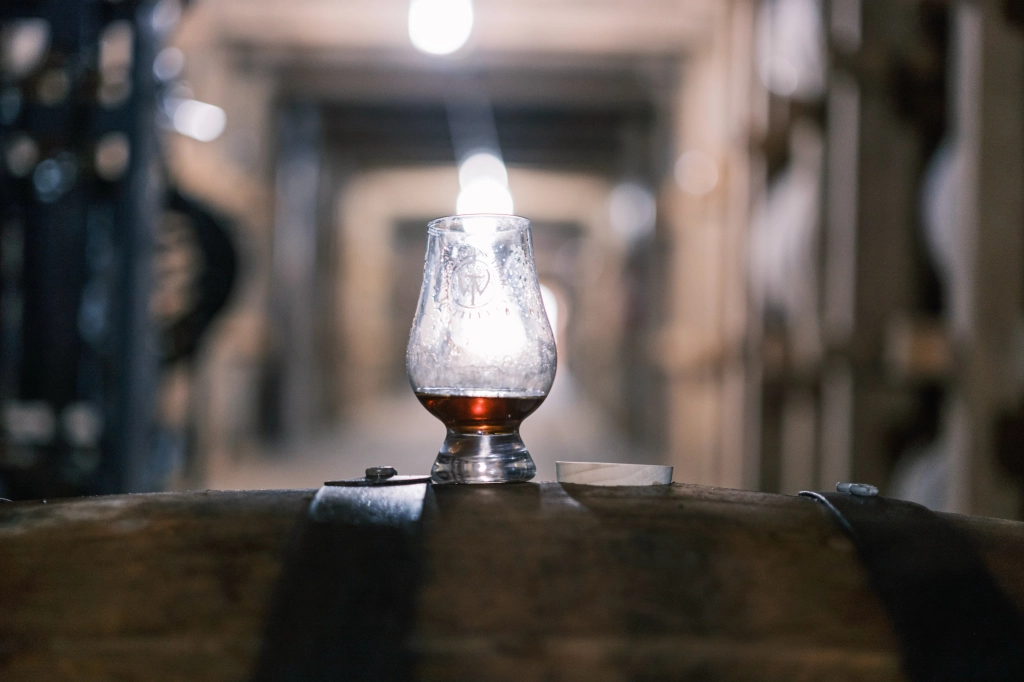
A big thank you to Campari and Wilderness Trail Distillery for the distillery trip. All travel and lodging expenses were paid for.
